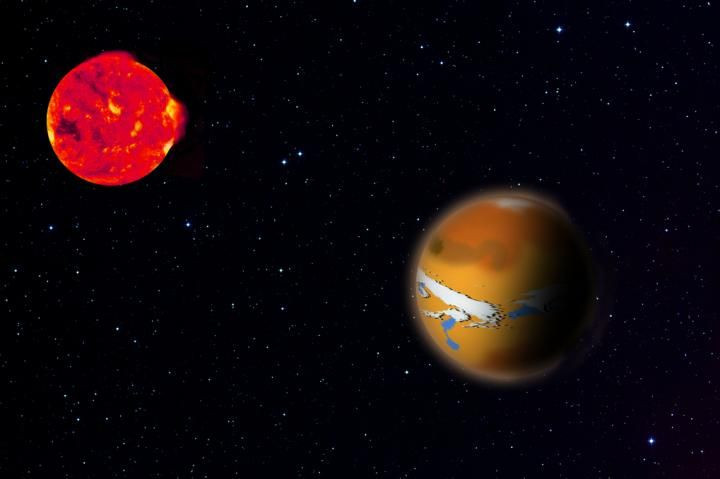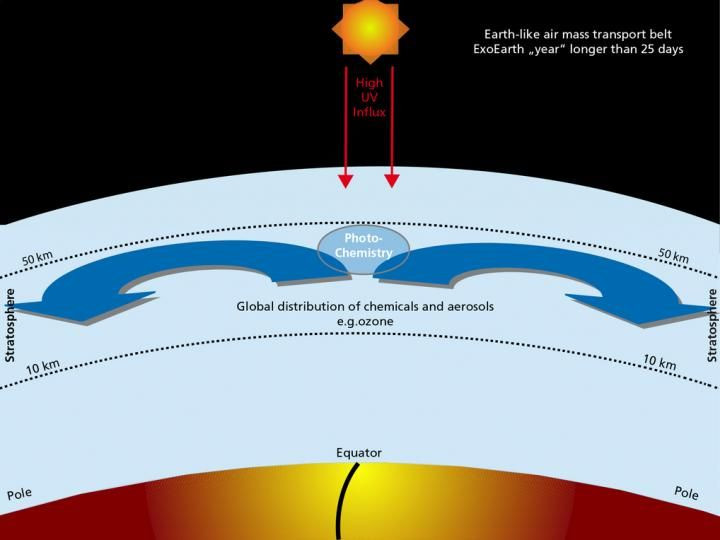Signs Of Alien Life On Exoplanets Could Be Trapped Around Their Equators

Even if we were to find an Earth-like planet somewhere beyond the solar system, and it held promise of being habitable, we may not be able to find any traces of life that may exist on the exoplanet from our vantage point here. That is because those elusive signs may be concentrated around the planet’s equator, according to research published Wednesday.
Researchers, led by Ludmila Carone of Max Planck Institute for Astronomy in Germany, modeled simulations of some nearby exoplanets that are considered likely candidates to be Earth-like in their makeup, including Proxima b (which orbits Proxima Centauri, our closest stellar neighbor, for now) and TRAPPIST-1d, the most promising of the TRAPPIST-1 family planets.
Both Proxima b and TRAPPIST-1d orbit their parent stars in under 25 days, and are tidally locked, which means that the same side of the planet always faces the star, and is permanent daytime, while the other is in perpetual darkness. Modeling how air flows on these planets — which have atmospheres — the researchers found “the major air flow may lead from the poles to the equator, systematically trapping the ozone in the equatorial region.”
Ozone is a variant of oxygen, and it forms a layer in Earth’s atmosphere that protects the planet from the sun’s ultraviolet (UV) radiation. It is considered a possible marker of life, since it could possibly be produced by bacteria or plants on exoplanet, and scientists therefore look for it when looking for life elsewhere.
In a statement Wednesday, Carone said: “Absence of traces of ozone in future observations does not have to mean there is no oxygen at all. It might be found in different places than on Earth, or it might be very well hidden.”

If there is no ozone around the entire planet, concentrated instead in the equatorial region, it would also mean much of the planet would not have any protection against harmful ultraviolet radiation from its host star. That could drastically reduce, if not entirely eradicate, the possibility of life on such a planet, but that would also depend on what sort of star it orbits.
Carone explained: “In principle, an exoplanet with an ozone layer that covers only the equatorial region may still be habitable. Proxima b and TRAPPIST-1d orbit red dwarfs, reddish stars that emit very little harmful UV light to begin with. On the other hand, these stars can be very temperamental, and prone to violent outbursts of harmful radiation including UV.”
As technology improves, the search for life beyond Earth is expanding, and is expected to get a big boost when NASA launches its James Webb Space Telescope, the successor to the Hubble Space Telescope. The launch is currently scheduled for spring of 2019.
The research paper, titled “Stratosphere circulation on tidally locked ExoEarths,” appeared online in the journal Monthly Notices of the Royal Astronomical Society.
© Copyright IBTimes 2025. All rights reserved.





















